New USPS Truck Does Not Deliver
Replacement NGDV is too big for practical service
By: Evan Lee
Oct. 8, 2023 |
Opinion

The United States Postal Service still relies on a fleet of vehicles built during the Reagan Administration. Made between 1987 and 1994 with an initial estimated service life of 24 years, they are all well past expiration.
This year, a new postal truck is finally in production with plans to hit the streets by mid 2024. Built by Oshkosh Defense, it’s called the Next Generation Delivery Vehicle or NGDV.
But beyond being new, and without the mechanical issues accumulated over three decades of hard use, will the NGDV truly succeed its venerable predecessor, the Grumman LLV - Long Life Vehicle?
As a Letter Carrier myself, I don’t think it will.
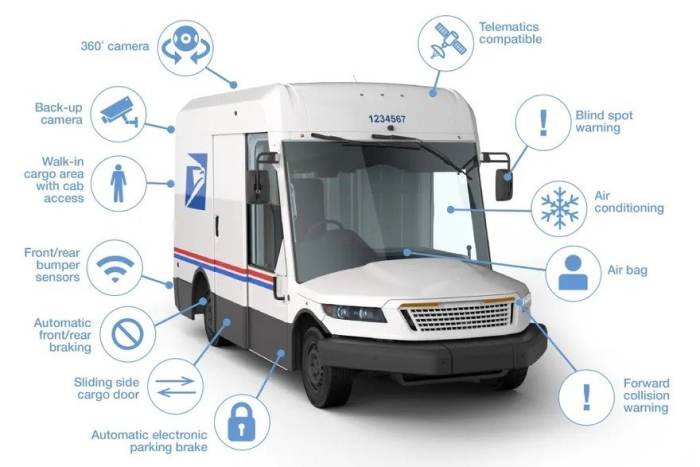
New features - courtesy Oshkosh Defense
Let me preface by saying the NGDV is an absolute improvement over the LLV in terms of safety. It’s almost laughable to see airbags and air conditioning highlighted in press releases for the new truck, but these are both bare minimum features the LLV lacks.
The old truck is hazardous to drive, Letter Carriers have died in them due to heatstroke and mechanical failure. I’ve personally had brake lines fail in mine while driving in the middle of traffic.
The new truck will improve safety not only for the driver, but to other motorists and pedestrians as well with additional features like a 360 degree camera and collision warning system, according to USPS.
However, modern safety features should be a given on any replacement to the LLV. In this article, I’m instead looking solely at the practicality of the NGDV’s design as a successor mail delivery vehicle.
And unfortunately, it just doesn’t seem very practical to me due to its immense size.
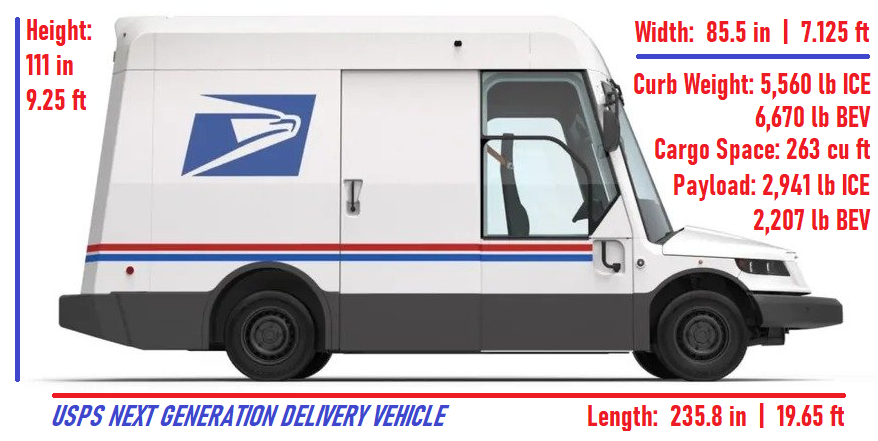
NGDV side profile - courtesy Oshkosh Defense, edited by GBG
The new trucks will measure 235.8 inches long, 85.5 inches wide, and 111 inches tall, according to a prototype featured at the National Association of Letter Carriers convention in Las Vegas last year.
That is a massive increase from the LLV, which measures only 175.5 inches long, 76 inches wide, and 85 inches tall.
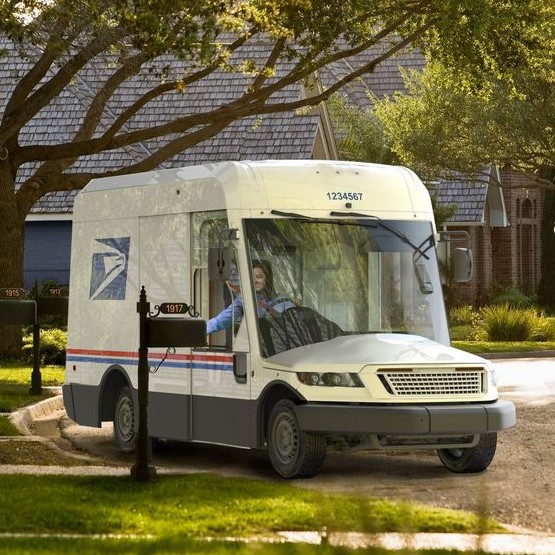
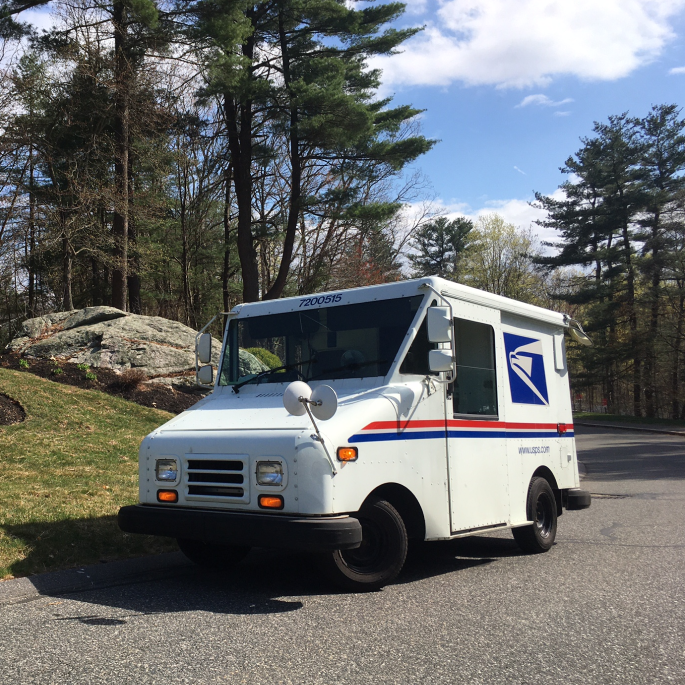
Left: NGDV - courtesy Oshkosh Defense |
The primary purpose of a right-hand drive postal vehicle is to deliver mail out of its window and into curbside mailboxes. This allows “mounted routes” to be serviced efficiently with no need to leave the vehicle unless a parcel or certified letter must be delivered to the door.
But, in my experience driving even the current truck, there are still many boxes I can barely reach without having to perform a dismount to deliver to them on foot.
That means curbing the wheels, shifting the gear to park, engaging the emergency break, and removing the key from the ignition. Curb it, park it, break it, take it, as we’re trained to do every single time we leave the vehicle. The process may be more streamlined in the new truck, but it’ll still be slower than simply remaining in the driver’s seat.
When servicing a route with hundreds of curbside mailboxes, dismount time adds up quickly. And a bigger, less maneuverable truck will only guarantee more dismounts.
Furthermore, areas that the smaller LLV has no trouble maneuvering around may become inaccessible to the NGDV.
Due to its wider body and longer wheelbase, the new truck may be unable to safely drive up and down narrow, dead-end streets. Where the shorter LLV can simply perform a three-point-turn, the NGDV may only be able to escape by reversing.
Letter carriers are trained to avoid backing up whenever possible. So, any streets we can no longer safely turn around in will have to be converted to “park-and-loops,” leaving the vehicle behind to deliver on foot with a satchel.
On streets the NGDV can safely access, its taller height may still prevent drive-up delivery to mailboxes found under low hanging tree branches and basketball hoops, among other obstacles.
And its wider body may even turn the NGDV into an obstacle itself for other motorists who want to safely pass it while the truck is stopped at mailboxes, particularly on narrow and winding streets.
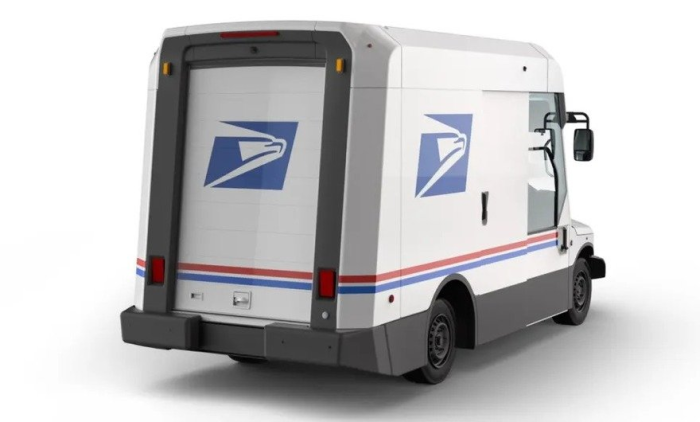
NGDV rear quarter view - courtesy Oshkosh Defense
USPS wants the NGDV primarily for its greater cargo capacity, which is double that of the LLV, according to the prototype model.
This is understandable as load volumes often exceed what the LLV is capable of carrying during peak holiday seasons. The NGDV’s extra cargo space can cut down on trips made to and from stations just to offload packages.
Yet, time saved this way becomes redundant when it’s lost again due to increased dismounting and inaccessibility to certain roads. And when package volume normalizes during the summer months, these big trucks will only be a detriment to mounted route delivery time.
There is a place for such large vehicles in the Postal Service’s fleet. They are perfectly suited to dedicated package delivery, which can alleviate holiday volume for regular sized trucks, or for routes where the vehicle is parked at centralized delivery points, like apartment complexes.
But, as far as mounted delivery goes, the NGDV will never outperform the LLV.
USPS should not put its full faith in one big truck to replace the entire fleet with. Even as packages continue to make up more of its revenue stream, the Postal Service is still constitutionally obligated to deliver important first-class mail to the citizens of this country.
Larger trucks that cannot easily reach mailboxes without the carrier dismounting or potentially having to deliver entire streets on foot will only make this fundamental task more difficult.
The NGDV will not succeed the LLV on mounted routes. Instead, smaller stopgap vehicles like the right-hand drive Mercedes Metris will end up replacing them instead.
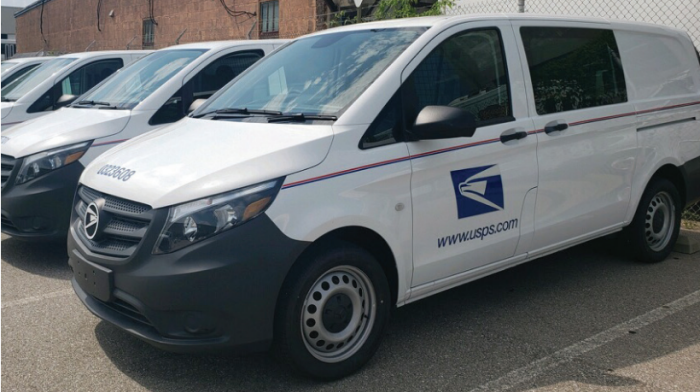
USPS Metris vans - courtesy NALC
However, this is not ideal either since these vehicles are only modified for postal use rather than purpose built.
The cargo area of the Metris, for example, is inaccessible to the driver without dismounting the vehicle. And its side tray to hold letter mail cannot be adjusted to accommodate different users.
The most practical solution for USPS is to contract a design for a smaller, purpose-built vehicle similar in size to the current truck, which routes nationwide have already been drawn around using.
Post offices across the nation may not even have the parking space to fit a full fleet of NGDV’s. My office, built in the 1930’s, is already at peak capacity with an LLV or Metris assigned to each route. Anything more would require an act of eminent domain to expand the parking lot.
And, as the Biden administration moves to electrify all federal fleet vehicles, a smaller design would make it easier to retrofit each office as more space is afforded for charging stations.
Maybe space isn’t a concern to USPS upper management right now, who controversially want to consolidate local offices into large, centralized facilities. But, as I plan to argue in a later post, that’s impractical as well.
What’s most practical for USPS is to simply adopt a modernized LLV.
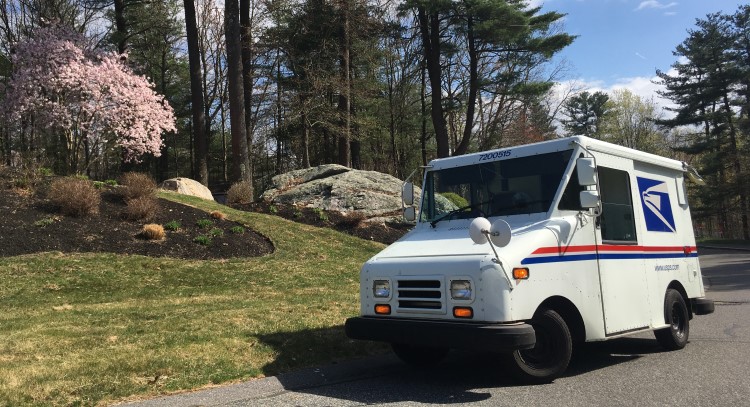
Long live the Long Life Vehicle



